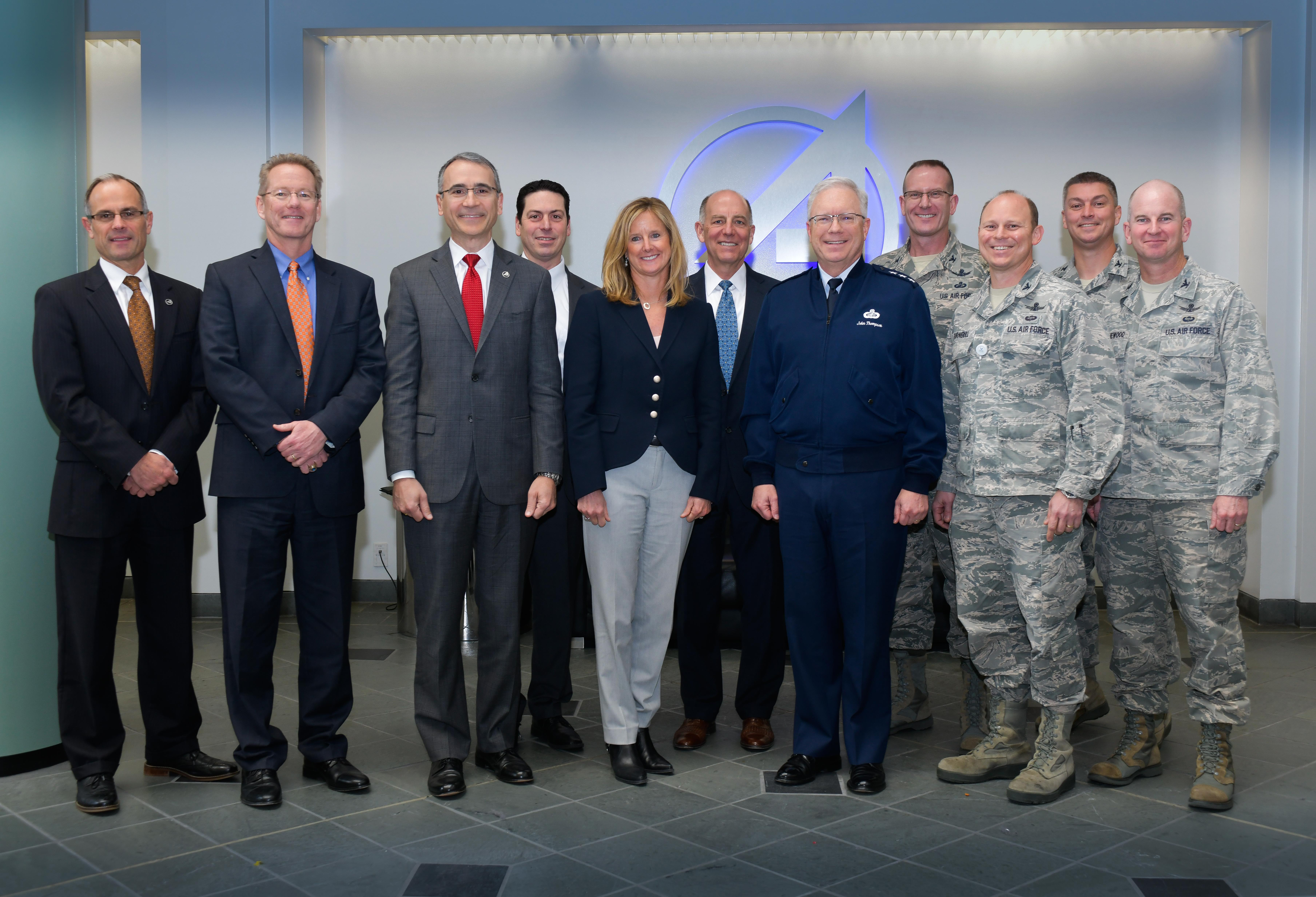In this dynamic era of change—where our adversaries are working intensely to undermine our leadership in national security space—it is not enough to meet the challenges they pose, but to anticipate and confront them with greater speed, innovation, and resiliency.
Last spring, then-Deputy Secretary of Defense Patrick Shanahan issued a challenge to The Aerospace Corporation (Aerospace) to provide an actionable plan to outpace the threat and project lethality that aligns with the National Defense Strategy. We met that challenge by issuing a plan with four key components that called for:
- The adoption of a concept called “Continuous Production Agility” (CPA)
- An integrated architecture where our space assets are managed as an enterprise
- The advancement of this architecture through prototypes and partnerships
- The streamlining of decisionmaking to achieve speed
A Foundation for Revitalizing Acquisition
On February 12, Aerospace convened a forum for members of government and industry on ways to outpace the threat. One of the critical issues discussed was CPA, an approach which recognizes that resiliency does not come from picking one optimal future architecture now, but rather by adapting the architecture to future needs and threats. Through its simple— but vital—perspectives and prescriptions, CPA is quickly gaining recognition as a crucial foundation for revitalizing acquisition.

In essence, CPA calls for more production, flexibility, and competition through specific measures. Increased production is obtained through frequent constellation turnover/replacement (e.g., 5-year generations, not 15-year); production and launch “on schedule,” as opposed to “on need”; shorter design life (e.g., Class C satellites); and a stable, higher-rate production profile.
Continuous Production Agility Drives Competition and Flexibility
We can achieve greater flexibility through contracting for multiple buses and payloads, not programs or missions; the modularization of bus-payload interfaces when it’s advantageous; and the establishment of modular interfaces with industry, federally funded research and development centers (FFRDCs), and the Air Force. We can fuel competition by dual-sourcing for select contracts with continuous product improvement.
Implementation of CPA offers a compelling opportunity to address the challenges before us. The recent forum that Aerospace hosted was the first in a series to promote collaborative discourse among members of government and industry to define solutions that address the escalating threats posed by our adversaries. While the demands are great, by working together, we are taking historic steps to shaping—and securing—the future.
This story appears in the March 2019 issue of Getting It Right, Collaborating for Mission Success.
Subscribe to Getting It Right


